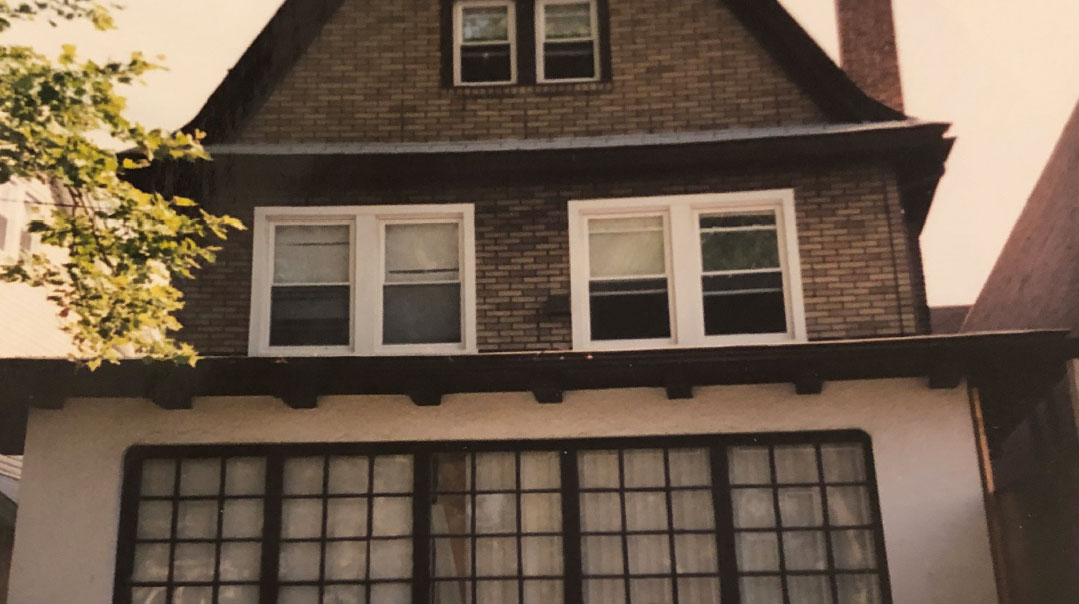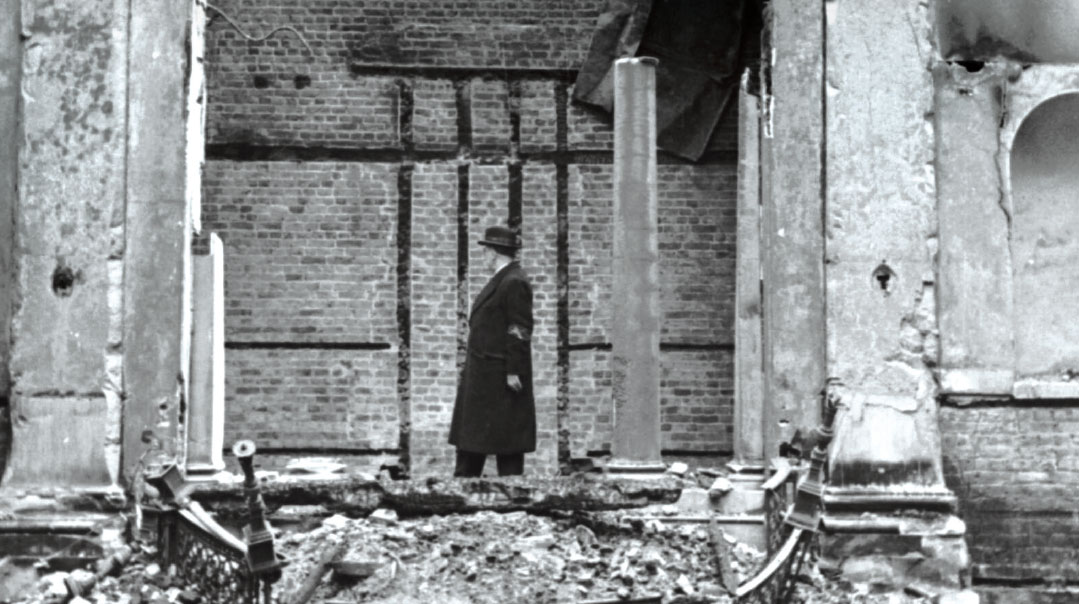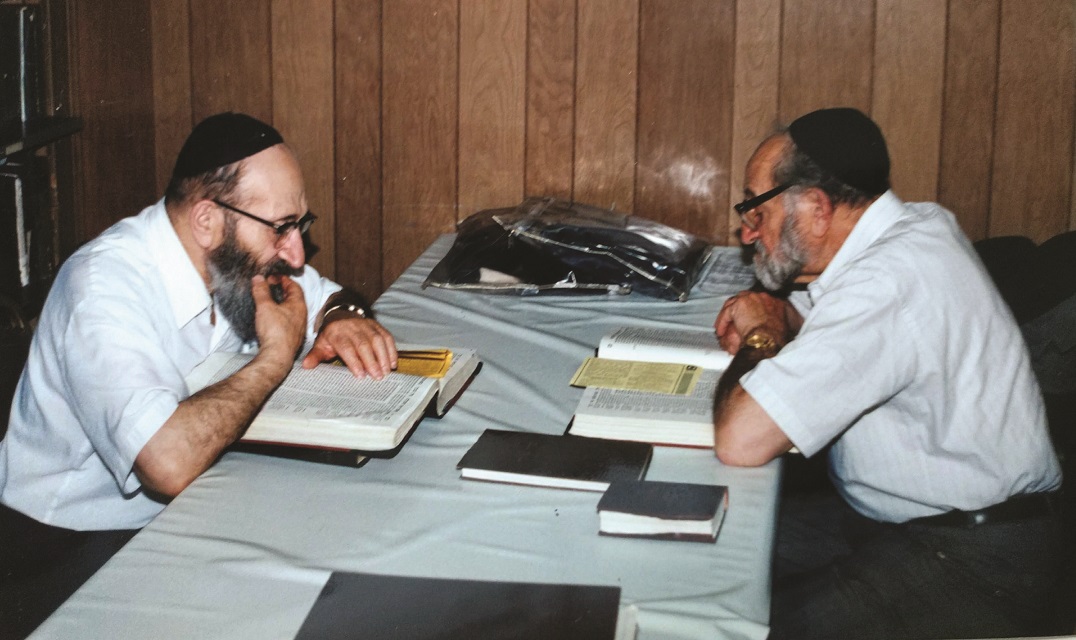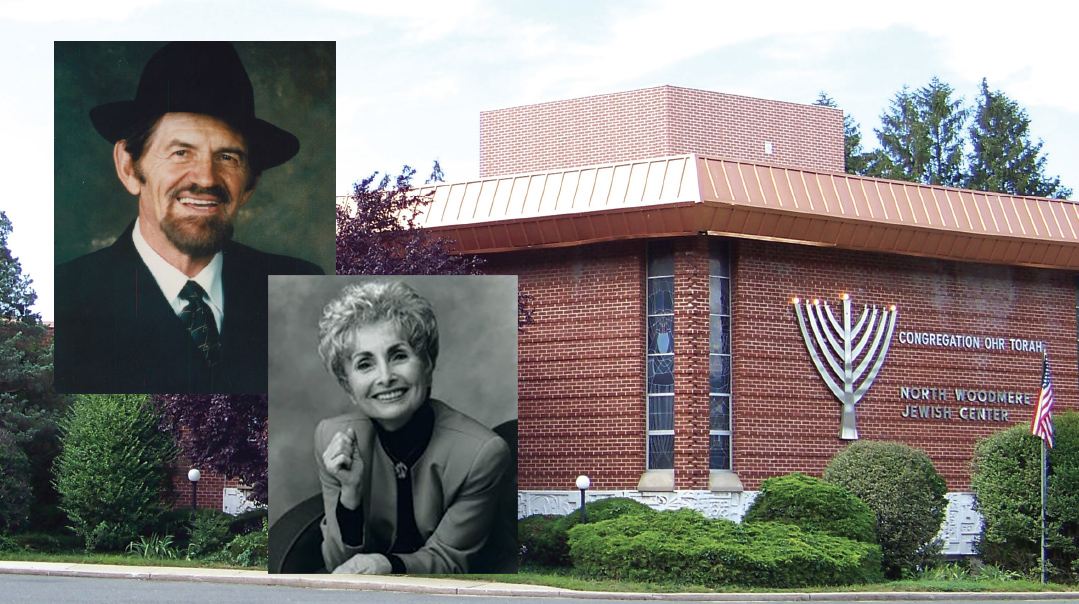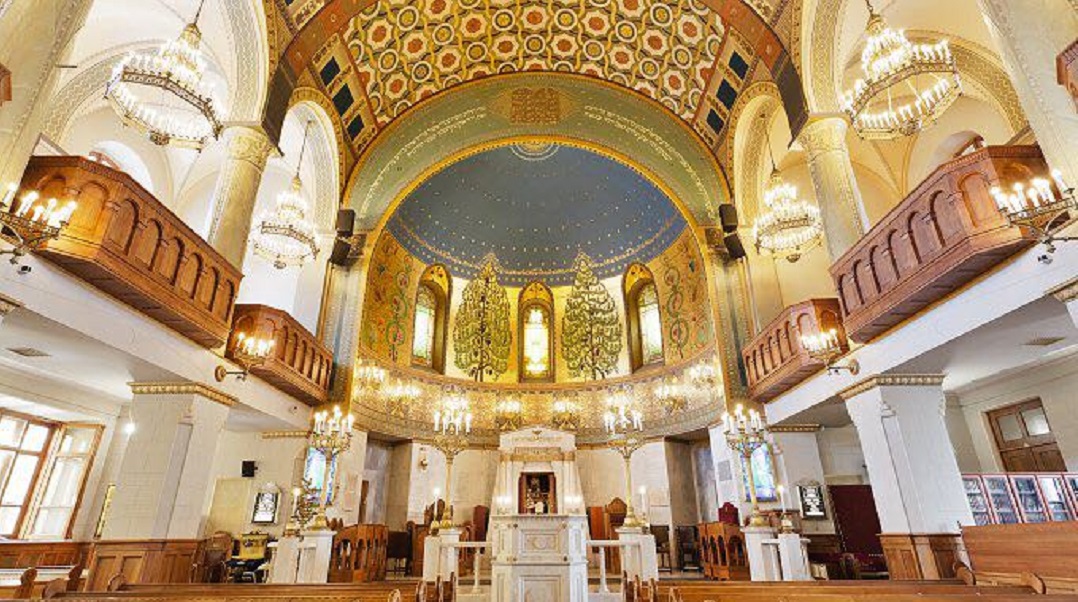Leave it to the Pros
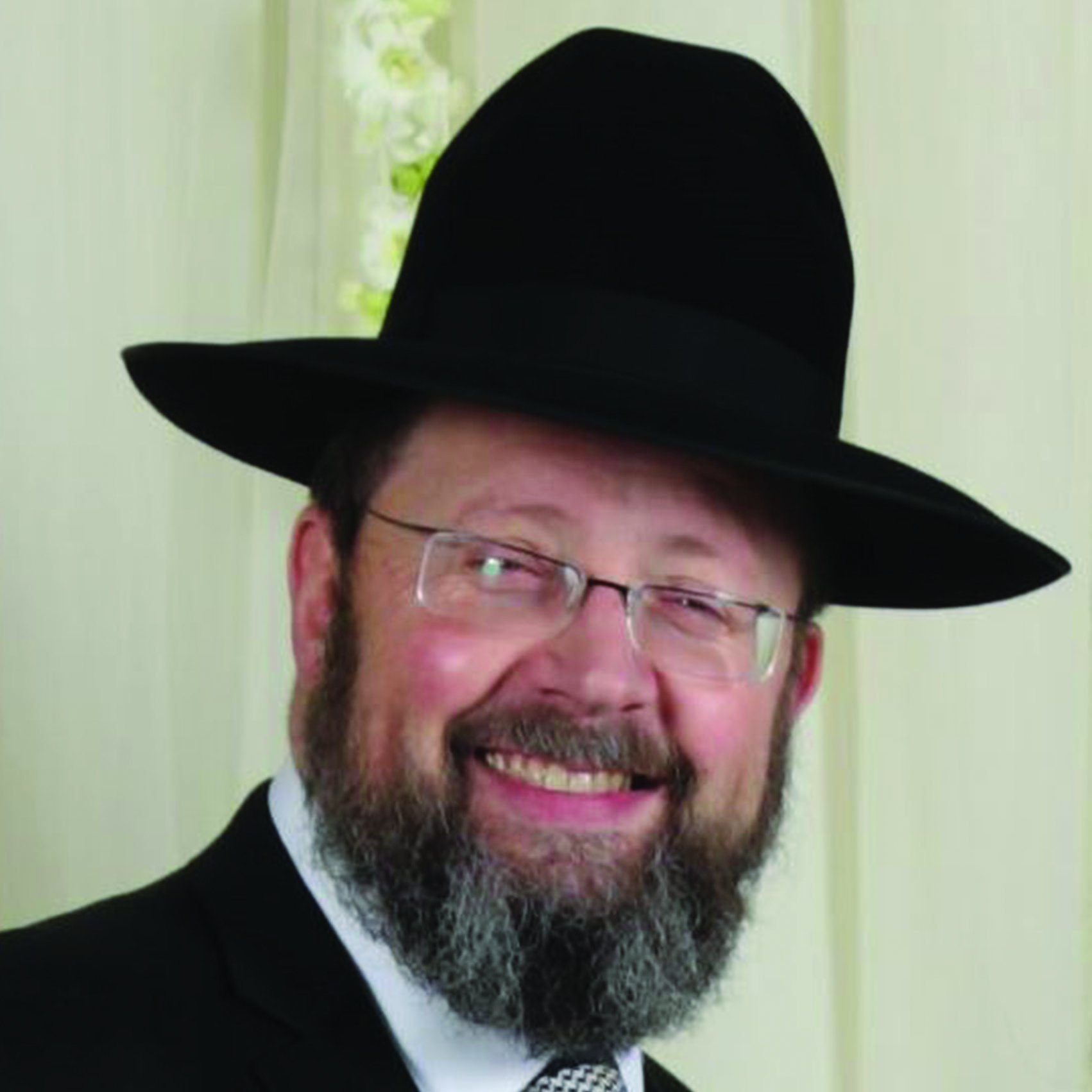
All these personalities had one thing in common — authenticity
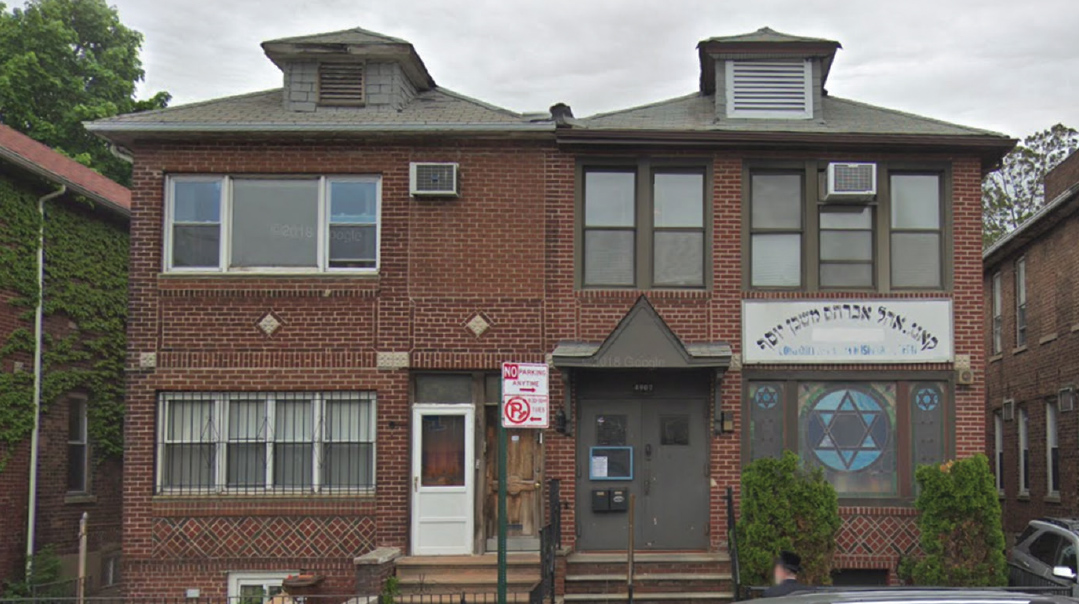
There is colorful, and then there is colorful, and then there is the shul of my youth.
Even the name of the shul was colorful. Well, I hardly knew the official name — I have been told that it was Ahavas Chesed of Parkville — but it was almost always referred to as “the Professionals’ Minyan,” or more commonly as “The Pros.” Rarely will one find such a concentration of personalities in such a small space. There was a never an official rav because as one of the members quipped, “There were too many chiefs and not enough Indians.”
Let’s start with the name — The Pros.
It had nothing to do with the members’ athletic prowess — through there was one, who is presently 89 years old (ad meah v’esrim) and still working as a second-grade rebbi, who was known to be quite the baseball player. The name “The Pros” rather derived from the fact that the original members were by and large professionals — doctors, psychologists, college deans and professors, with nary a businessman in the mix. Well, that didn’t last too long; there were plenty of businessmen, and some quite successful ones, who joined shortly thereafter.
Here is a short description of some of the members who come to mind:
A threads wholesaler; a dean in YU, whose sons have become renowned mechanchim; a respected psychologist, chazzan, and founder of a school for special children… who was also a caterer in his spare time; another psychologist; a businessman who, through some clever advertising on Spanish radio, convinced Latin Americans that rice was their traditional food, and then became very wealthy selling it to them; a rosh yeshivah at Landers who later became a shul rav; a beloved public school teacher; another rosh yeshivah, ultimately in Lakewood; a businessman who became wealthy by scouring the New York Times for odd lots, which he would purchase and then sell at a discount to retail outlets; a founder of a yeshivah elementary school; a toy salesman; a jeweler, a noted lawyer; and a physics professor at a city college — my father.
At various times, the shul actually had a rav of sorts, though without portfolio. The famous illui Rav Chaim Zimmerman davened there and would give shiurim — and that says a lot. A brief background: Rav Chaim was a child prodigy and nephew of Rav Boruch Ber of Kamenitz. He knew the entire Bavli and Yerushalmi by heart, as well as Rishonim and Acharonim, and he would take the “pin test” to prove it. He also knew physics and published several books on halachah and philosophy. His best-known halachic work was Agan HaSahar regarding the international dateline. But if Rav Chaim Zimmerman’s “rabbanus” says something about the shul, another factoid says even more.
Sure, there was no rav, but there was a speech before leining nevertheless. A rotation of speakers would go through Sefer Minchas Chinuch. Now, this sefer is not for the faint of heart… or mind. It’s sophisticated material, dealing with all sorts of arcane topics in a highly complicated and lomdishe fashion. Yet this is what the oilem chose to learn for 15 to 20 minutes during davening. And that really says it all. These were all learners, and erudite ones at that. Among them were people who never missed the daf for 50 years, who were experts in lomdus, Ramban, Kli Yakar, Jewish philosophy and Mishnah Berurah, who would spend their off times immersed in Torah.
Yet as colorful and varied as they were, all these personalities had one thing in common — authenticity. Let me describe a scene from my youth to convey what I mean… a scene involving the member of the shul I know best, my father.
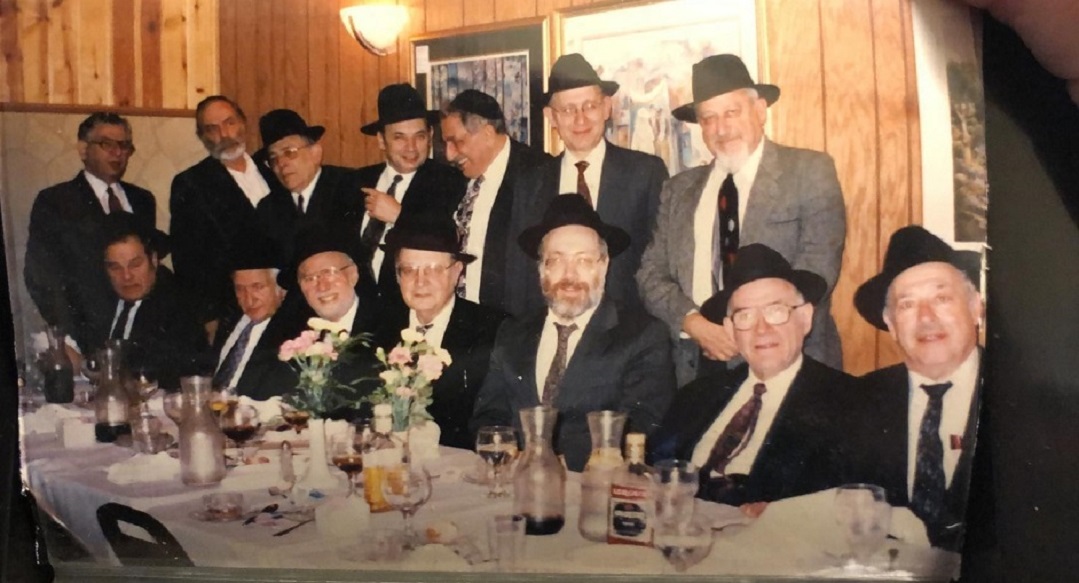
The Pros at a shul melave malka. (photo courtesy of Bracha (Weinrib) Ribowsky)
My father, who is 92 (ad meah v’esrim), lives and breathes the daf. He has been giving a daf hayomi shiur for over fifty years and is hardly ever seen without a Gemara in hand. He is also a serious Yankees fan to this very day. As a kid, how did I know it was Elul? I would go to my parents’ bedroom and encounter the following scene. The Yankees game would be blaring, the New York Times would be strewn on the floor, and my father would have a Gemara on his nose (since he would “chap a dremel” as he was preparing). But in Elul there was also a Shaarei Teshuvah on the night table.
That scene would not fly nowadays, when there is a “box,” a “system” — and you are either part of it or against it. But my father, and the people in the shul, were not “out of the box” or “in the box.” They were not “trying to be colorful.” They were just themselves, following the dictates of their hearts. They were authentic. “K’sheim she’ein partzufeihen shavos, kach ein dei’oseihen shavos.” (Just as people don’t look the same, they don’t think the same.) Unaware and unbridled by the box, they were free to explore their inner calling… and what a meaningful calling it was.
Certain images of the shul reinforce this feeling. There was a chaburah after davening… and if memory serves, about ten men would stay. They would learn Mishnah Berurah for twenty minutes or so. Who was the leader of this chaburah? The dean? The future rosh yeshivah in Lakewood? The daf yomi maggid shiur? No. It was the thread wholesaler. Why? Perhaps because he was the most courageous one… in that he was the “leader” of the chaburah in name only. It was in fact a free-for-all, with much “milchamta shel Torah” (and, I suspect, a measure of good ol’ milchamah as an end unto itself). They left the shiur feeling invigorated, stimulated, and I imagine, confused. But for years they stayed and bonded and enjoyed, and that speaks volumes.
One more image. My Oma (hmm, I should really write a piece just about her) was very proud of her prized son, my father. One year she apparently decided that he should receive Chassan Torah, and when Oma decided, there was no stopping her. Now, this kavod, as per the minhag, was sold in the aliyah auction, and was usually bought by one of the more wealthy balabatim. Yet when the bidding began, a disembodied yekkishe voice could be heard emerging from behind the mechitzah, as my grandmother called out her bids. “Sree handred and sixty dullars.” “Fur handred.” And so on, until she got what she wanted. The reaction on the men side of the mechitzah was one of bemusement, perhaps a tad of embarrassment… but more generally as “that’s cute.” V’zehu.
In fact, Simchas Torah was a treat for us bochurim. We had full rein of the hakafos and we relished it. I have a vivid memory of one particular Simchas Torah. In 1973 the Yom Kippur War was raging and just about Simchas Torah time, the tide finally turned. The Lakewood rosh yeshivah was quite inebriated, and when he overheard two people speaking about the possibility of the Mets winning the World Series, he went ballistic. “Mets, Schmets! Mets, Schmets! We are winning! We are winning!” And with that refrain he ran around the shul galvanizing the oilem to get involved in the dancing.
But it wasn’t just Simchas Torah. For whatever reason — perhaps it was the shul’s informal nature — we kids were encouraged to partake in all of the proceedings, and that little shul produced a vastly disproportionate number of baalei tefillah, baalei kriah, camp directors, and “machers.” It’s a tricky thing getting the kids involved in shul activities, but it is well worth the effort and at times, the sacrifice.
One last thing. Sure there is a huge downside in not having a rav. A rav stabilizes the shul, gives it a tzurah, is someone to turn to at times of need and when questions arise. But it can come at a price. A feeling can develop that the rav is responsible for my spirituality. Some people “outsource” their Yiddishkeit. It’s the rabbi’s job. But not in the Pros, who were not just a cast of characters, but were men of character.
I miss it till today.
(Originally featured in Mishpacha, Issue 771)
Oops! We could not locate your form.







